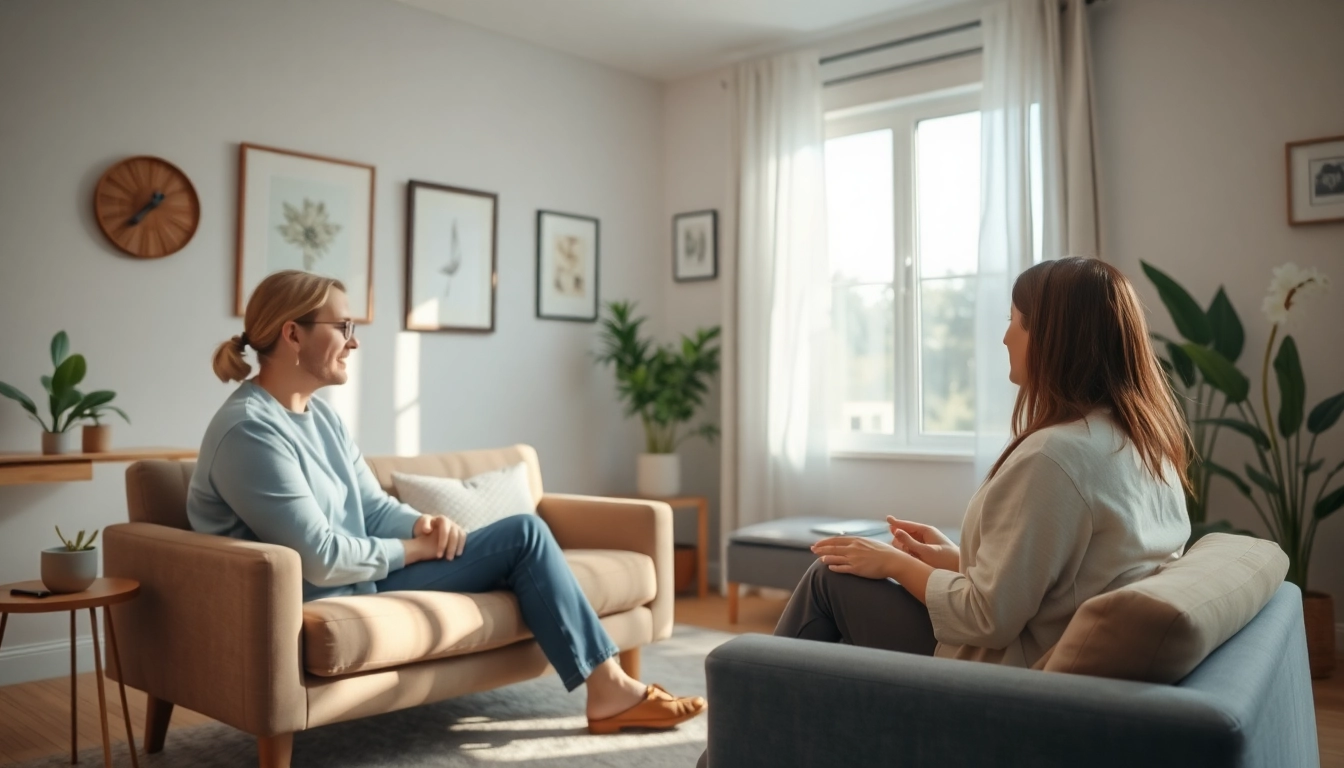Understanding Anxiety and Its Effects
Anxiety is a common psychological condition that affects millions of people worldwide, manifesting in various forms and degrees. Recognizing anxiety is the first step in managing it effectively. While experiencing occasional anxiety is a normal part of life, persistent anxiety can lead to significant distress and interfere with daily functioning. This article will delve into understanding anxiety and exploring practical techniques for dealing with anxiety, seeking professional help, building a support system, and developing long-term strategies.
Effective management of anxiety often requires a proactive approach that combines self-help techniques, professional support, and lifestyle adjustments. In the journey of dealing with anxiety, understanding its definition, symptoms, and impact is crucial.
Defining Anxiety and Its Types
Anxiety is characterized by feelings of worry, fear, or unease, which can vary in intensity from mild uneasiness to debilitating panic attacks. Anxiety disorders are classified into several types, including:
- Generalized Anxiety Disorder (GAD): A condition marked by excessive, uncontrollable worry about multiple aspects of life.
- Panic Disorder: Involves recurrent, unexpected panic attacks accompanied by a fear of future attacks.
- Social Anxiety Disorder: Involves intense fear of social situations or judgement from others.
- Specific Phobias: Unfounded fears of particular objects or situations, leading to avoidance behavior.
- Obsessive-Compulsive Disorder (OCD): Characterized by intrusive thoughts (obsessions) and repetitive behaviors (compulsions).
Understanding the specific type of anxiety disorder is vital for effective treatment and management.
Common Symptoms of Anxiety Disorders
Anxiety manifests through a variety of symptoms that can be physiological, cognitive, and emotional. Common symptoms include:
- Increased heart rate or palpitations
- Muscle tension
- Sweating or trembling
- Fatigue or sleep disturbances
- Difficulty concentrating
- Irritability
- Feelings of impending doom or panic
Identifying these symptoms can help individuals recognize when they might benefit from intervention or support.
The Impact of Anxiety on Daily Life
Anxiety can significantly impair an individual’s ability to function in daily life. It can disrupt personal relationships, hinder work performance, and limit participation in social activities. Chronic anxiety may lead to:
- Isolation and withdrawal from loved ones
- Increased absenteeism at work or school
- Decline in physical health due to stress-related ailments
- Compromised mental health, potentially leading to depression
Understanding the extent of anxiety’s impact can motivate individuals to seek necessary help and implement coping strategies.
Practical Techniques for Dealing with Anxiety
As anxiety can be debilitating, learning effective coping techniques is essential. The following strategies can help mitigate anxiety symptoms:
Grounding Exercises and Breathing Techniques
Grounding techniques help bring the individual back to the present moment, reducing feelings of anxiety. Simple strategies, such as the 5-4-3-2-1 technique, can be effective. This involves:
- Identifying 5 things you can see.
- Touching 4 things around you.
- Listening for 3 different sounds.
- Identifying 2 smells.
- Taking 1 deep breath.
Additionally, deep breathing exercises can decrease heart rate and promote relaxation. Techniques like diaphragmatic breathing—breathing deeply from the abdomen—can help maintain calmness during anxious moments.
The Role of Physical Activity in Anxiety Management
Regular physical activity is a powerful tool in combating anxiety. Exercise releases endorphins, which are natural mood lifters. Engaging in activities such as walking, running, yoga, or even dancing can significantly lower anxiety levels. Consistency is key; incorporating 30 minutes of moderate aerobic activity most days can yield substantial benefits.
Mindfulness and Meditation Practices
Mindfulness involves focusing on the present moment with acceptance. Mindfulness practices, such as meditation and yoga, have proven efficacy in reducing anxiety symptoms. Regular mindfulness meditation can help individuals develop a greater awareness of their thoughts and feelings without being overwhelmed by them. Starting with just a few minutes a day can lead to remarkable changes over time.
Seeking Professional Help for Anxiety
While self-management techniques are beneficial, professional help is often necessary for those struggling with persistent anxiety. Knowing when and how to seek help is essential.
When to Consult a Mental Health Professional
It may be time to consider professional help if:
- Your anxiety is frequent and disruptive.
- You find it hard to manage anxiety on your own despite trying various techniques.
- It is affecting your ability to work, study, or maintain relationships.
- You are experiencing distressing physical symptoms due to anxiety.
Types of Therapy for Dealing with Anxiety
Various therapeutic options are available for managing anxiety, including:
- Cognitive Behavioral Therapy (CBT): A structured program that helps identify and change negative thought patterns and behaviors associated with anxiety.
- Exposure Therapy: Gradually exposes individuals to their anxiety triggers in a controlled environment to lessen fear avoidance.
- Acceptance and Commitment Therapy (ACT): Encourages accepting negative feelings rather than fighting them while committing to values-based actions.
- Mindfulness-Based Stress Reduction (MBSR): Combines mindfulness meditation and yoga to reduce anxiety and promote well-being.
Medications for Anxiety Management
In some cases, medication may be necessary for managing anxiety. Common classes of medications include:
- Selective Serotonin Reuptake Inhibitors (SSRIs): Often first-line treatments for anxiety disorders.
- Benzodiazepines: Fast-acting medications that can help alleviate anxiety but may lead to dependency if used long-term.
- Buspirone: An anti-anxiety medication that may reduce symptoms without the sedative effects of benzodiazepines.
Consultation with a healthcare professional is essential to determine the most appropriate treatment plan.
Building a Support System for Anxiety
Having a robust support system can play a crucial role in managing anxiety. Support can come from various sources, including friends, family, and professionals.
The Importance of Open Communication
One of the most effective ways to combat anxiety is to open up about your feelings. Communicating openly with trusted individuals can provide relief and social support. Expressing emotions can reduce the emotional burden and create a deeper understanding among loved ones about what you are experiencing.
Support Groups and Resources
Engaging in support groups can help individuals connect with others facing similar challenges. These groups serve as a platform for sharing experiences, gaining perspective, and learning coping strategies. Online resources, such as forums and mental health apps, can also be valuable tools for finding support and community.
Involving Friends and Family in Your Journey
Involving friends and family members in the journey of dealing with anxiety can create a robust support network. Educating them about anxiety can foster empathy and understanding. Allow them to accompany you to therapy sessions or support groups, or share your coping strategies with them, so they can assist you more effectively.
Long-term Strategies for Managing Anxiety
Managing anxiety is a long-term endeavor that requires ongoing attention and commitment. Developing sustainable practices can lead to lasting change.
Developing Healthy Lifestyle Habits
Incorporating healthy habits into your routine is integral to managing anxiety. Prioritizing good nutrition, getting sufficient sleep, and exercising regularly can significantly affect overall mental wellness. Avoiding excessive caffeine and alcohol can also mitigate anxiety symptoms.
Monitoring Progress and Adjusting Techniques
Regularly reviewing your progress can help track what’s working and what isn’t in your anxiety management plan. Keeping a journal can be particularly beneficial. Documenting triggers, coping responses, and emotional changes can provide valuable insights and inform adjustments as necessary.
Creating a Personal Action Plan for Dealing with Anxiety
A personal action plan can guide you through anxious moments. This may involve identifying triggers, outlining coping strategies, and setting achievable goals. Regularly revisiting and refining your plan helps ensure its effectiveness and adaptability to changing circumstances.



